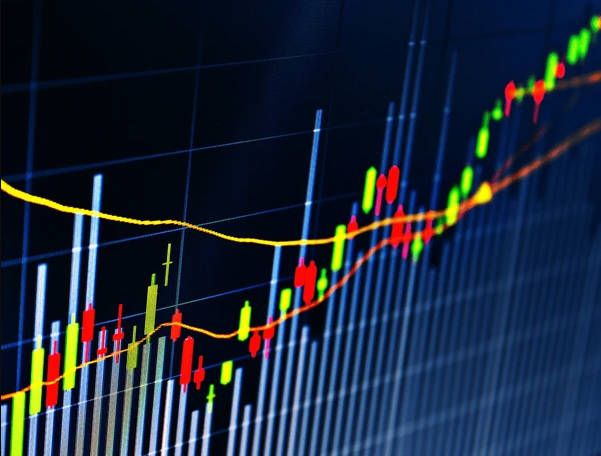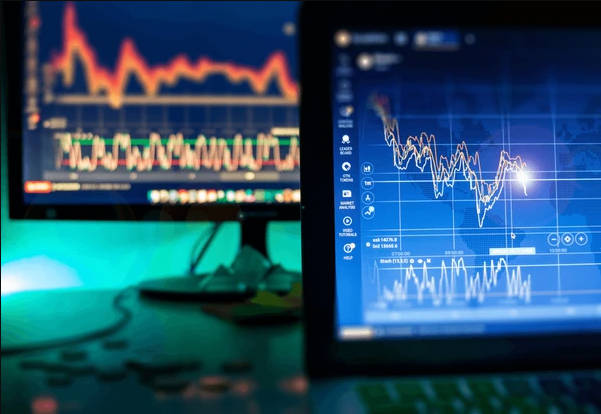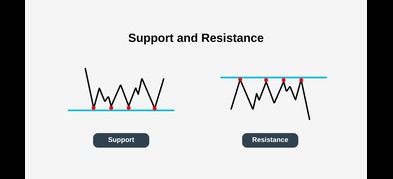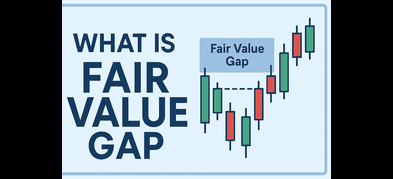Important Information
This website is managed by Ultima Markets’ international entities, and it’s important to emphasise that they are not subject to regulation by the FCA in the UK. Therefore, you must understand that you will not have the FCA’s protection when investing through this website – for example:
- You will not be guaranteed Negative Balance Protection
- You will not be protected by FCA’s leverage restrictions
- You will not have the right to settle disputes via the Financial Ombudsman Service (FOS)
- You will not be protected by Financial Services Compensation Scheme (FSCS)
- Any monies deposited will not be afforded the protection required under the FCA Client Assets Sourcebook. The level of protection for your funds will be determined by the regulations of the relevant local regulator.
Note: Ultima Markets is currently developing a dedicated website for UK clients and expects to onboard UK clients under FCA regulations in 2026.
If you would like to proceed and visit this website, you acknowledge and confirm the following:
- 1.The website is owned by Ultima Markets’ international entities and not by Ultima Markets UK Ltd, which is regulated by the FCA.
- 2.Ultima Markets Limited, or any of the Ultima Markets international entities, are neither based in the UK nor licensed by the FCA.
- 3.You are accessing the website at your own initiative and have not been solicited by Ultima Markets Limited in any way.
- 4.Investing through this website does not grant you the protections provided by the FCA.
- 5.Should you choose to invest through this website or with any of the international Ultima Markets entities, you will be subject to the rules and regulations of the relevant international regulatory authorities, not the FCA.
Ultima Markets wants to make it clear that we are duly licensed and authorised to offer the services and financial derivative products listed on our website. Individuals accessing this website and registering a trading account do so entirely of their own volition and without prior solicitation.
By confirming your decision to proceed with entering the website, you hereby affirm that this decision was solely initiated by you, and no solicitation has been made by any Ultima Markets entity.
I confirm my intention to proceed and enter this websiteUnderstanding What Is a Pip in Trading
In the fast-moving world of forex, even the tiniest price change can make or break a trade. That’s where pips come in—the small but powerful unit that measures every twist and turn in a currency pair’s price. Whether you’re a beginner trying to make sense of your first chart or an experienced trader fine-tuning your risk management, understanding what is a pip in trading is essential. Let’s break down exactly what they are, why they matter, and how they can shape your trading results.
What Is a Pip in Trading?

If you’ve ever looked at a forex chart or heard traders mention “pips”, you might wonder why this tiny unit matters so much. In forex, a pip—short for percentage in point or price interest point—is the smallest standardised price movement a currency pair can make.
Most currency pairs are quoted to four decimal places, with one pip representing the fourth decimal digit (0.0001). Exceptions include Japanese yen (JPY) pairs, which are quoted to two decimal places, where one pip equals 0.01.
Understanding pips is crucial because they are the standard measure of price changes in forex. They form the basis for calculating profits and losses, setting stop-loss and take-profit orders, and managing risk effectively.
Why Does Pips Matter
Introduction to Forex Trading
Forex trading, or foreign exchange trading, is the act of buying and selling currency pairs in the world’s largest financial market. In the forex market, traders exchange one currency for another, aiming to profit from changes in the exchange rate. This global market is one that operates 24 hours a day, five days a week, and sees a daily trading volume exceeding $6 trillion, making it highly liquid and dynamic.
Because forex trading involves predicting price movements between two currencies, this precise nature carries a high level of risk as well as potential for significant profit. Traders must pay close attention to price changes, as even small shifts in the exchange rate can impact the outcome of a trade. This is where pips come into the picture as the standard way to measure these changes.
Understanding How Pips are Measured
In forex markets, currencies are typically quoted to four decimal places (e.g., EUR/USD = 1.1056). Currency pairs are priced to specific decimal places, which determines how pips are measured. A pip is usually the 0.0001 movement for most pairs, and pips are also sometimes called points in forex trading. For example:
- If EUR/USD moves from 1.1056 to 1.1057, it has moved 1 pip (or 1 point).
A pip is one hundredth of one percent of the exchange rate. Most currency pairs are priced to four decimal places, while yen pairs are priced to two.
For example:
- For Japanese yen pairs (e.g., USD/JPY), a pip is typically the second decimal place (0.01), meaning the pip is represented by the second digit after the decimal point.
- If USD/JPY moves up from 142.15 to 142.16, it has moved 1 pip.
To put it simply, knowing how to read and calculate pip values allows traders to quantify price changes, measure performance, and assess risk.
Pipettes: Going a Step Further
Some brokers quote prices to an extra decimal place, which allows for even finer measurement. This additional digit is called a pipette, worth one-tenth of a pip. For example, if EUR/USD moves from 1.10568 to 1.10578, the change in the fifth decimal place represents one pipette. While pipettes may seem minor, they offer more precise pricing and can be especially useful for strategies like scalping, where small price movements are key.
Calculating Pip Value

Knowing what a pip is only takes you halfway; you will also need to understand what each pip is worth. To start, the pip value depends on three factors:
- The Currency Pair being Traded
- Your Lot Size (position size); and
- The Current Exchange Rate
For instance, in a standard lot of EUR/USD (100,000 units), one pip is worth $10. A mini lot (10,000 units) reduces that to $1 per pip, and a micro lot (1,000 units) to $0.10 per pip. For JPY pairs, the calculation is based on the second decimal place instead of the fourth. This difference in pricing means the actual monetary value of a pip varies from pair to pair.
Pips and Profit/Loss Calculations
If you buy EUR/USD at 1.1050 and the market moved to 1.1070, you have a pip change of 20 pips. If you then sold at 1.1070, the difference between your buy and sold price is 20 pips, resulting in gains. With a standard lot, that’s $200 profit (20 pips × $10 per pip).
Vice versa, if the market moved against you by a pip change of 20 pips, the difference would result in a $200 loss. This is why knowing your pip value is essential for risk management.
Using Pips in Risk Management
Professional traders often set stop-loss and take-profit orders in terms of pips. For example:
- Risk: 30 pips
- Target: 60 pips
This creates a risk-to-reward ratio of 1:2, meaning you aim to make twice what you risk on each trade.
By planning trades in pips, you stay consistent regardless of the currency pair or lot size.
Each trade or transaction in forex involves setting risk and reward levels in pips to manage outcomes effectively.
Common Misconceptions About Pips
New traders sometimes confuse pips with percentages, but they are not the same—a pip is a fixed unit of movement. Another common mistake is assuming all pairs follow the same decimal convention, forgetting that JPY pairs use two decimal places instead of four. Pip values can also fluctuate if your account currency is different from the pair’s quote currency, as exchange rate changes will alter the pip’s worth in your account currency.
An Example: How does Pip Work in Trading?
Real-world examples help illustrate how pips work in forex pairs. Let’s say you enter a long position in the GBP/USD forex pair at 1.2800 and place a stop-loss 50 pips lower at 1.2750. You’re trading 2 mini lots (20,000 units).
- Pip value for GBP/USD mini lot = $1 per pip.
- Risk = 50 pips × $1 × 2 = $100.
If the price reaches 1.2750, your stop-loss will trigger, and you’ll lose $100 — exactly as planned.
Similar calculations apply to other forex pairs, regardless of whether you are trading a long or short position.
Why Beginners Must Learn Pips First

Pips are the foundation of forex trading language and strategy. Without understanding what is a pip in trading, you can’t size trades correctly, measure results accurately, or control risk effectively. Mastering the concept of pips equips you with the precision needed to trade in one of the most fast-moving markets in the world.
Disclaimer: This content is provided for informational purposes only and does not constitute, and should not be construed as, financial, investment, or other professional advice. No statement or opinion contained here in should be considered a recommendation by Ultima Markets or the author regarding any specific investment product, strategy, or transaction. Readers are advised not to rely solely on this material when making investment decisions and should seek independent advice where appropriate.
























